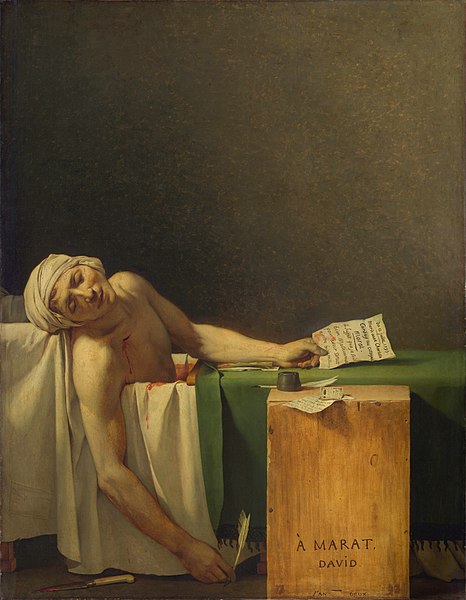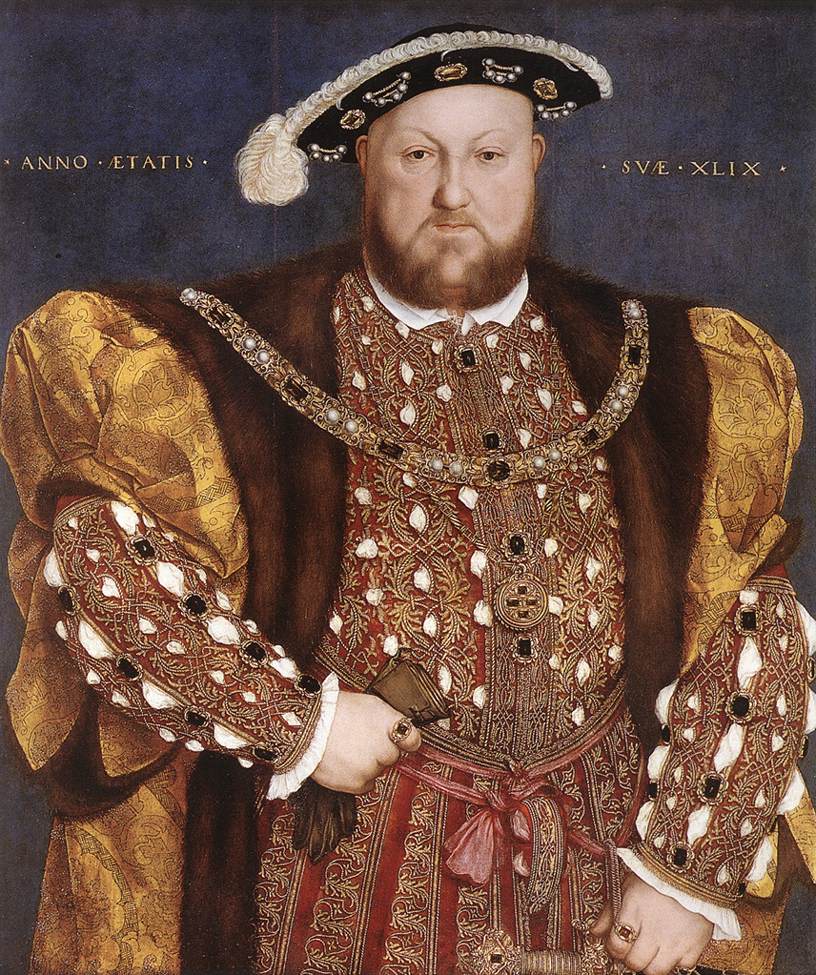The Altarpiece of Saint Liberata
7:00 AM |
| Hieronymus Bosch, The Altarpiece of Saint Liberata, c. 1500 |
By LIBBY ROHR
At first glance, this painting raises a lot of questions. Primarily, why is Jesus in a dress and where can I get that dress? It's adorable. Well, reader, you're definitely on the right track. But this crucifix, unlike almost every other crucifix I've ever seen, does not actually feature Jesus Christ himself. There's no Virgin Mary or Mary Magdalene, just an amazing, bearded, folk-princess turned saint with one of the most interesting stories in the Catholic tradition.
It was originally believed that this painting depicted Saint Julia, another female crucified saint, but upon further research and examination of the painting, art historians now mostly agree that this particular Bosch altarpiece is centered around Saint Liberata. Also known as Wilgefortis, Kummernis, Uncumber, or Livrade, we can be fairly sure that Liberata's story originates as a popular folk tale. Legend says she was one of nine daughters of a Portuguese King who also happened to be pagan. Liberata was Christian and had vowed a life of chastity to further her faith. However, ignoring her wishes, her father made a deal with the pagan King of Sicily to have her hand in marriage. Distraught by the idea of breaking her vows and being wed to someone she perceived to be a heathen, Liberata prayed that she might find a way out of the marriage. So God delivered her full, bushy facial hair. And it worked. The King of Sicily was so appalled he immediately called off the wedding. Although Liberata had won for the time being, she did not have long to celebrate. Her father was so infuriated by the end of his daughter's engagement that he had her crucified.
It's fairly easy to pick out this painting as a Bosch. Though it lacks his signature unfocused landscape of fantastical and horrifying creatures, his trademarks are still there in the figures, composition, and background. For one, the painting split in thirds is true to his style. Not unlike The Garden of Earthly Delights, one third is quite hellish, one more earthly, and one more indicative of heaven. Starting on the left, the panel of hell, we see cloaked Saint Anthony deep in meditation, surrounded by all manor of curious monsters, including a dwarf man wielding a sword. The city before him is aflame, blazing with the frightening realism with which Bosch typically paints fire. It is dark and covered in browns and reds. It's all destruction. On the far right, we see a monk leading a soldier or an executioner. On the beach below them a man hunts a small animal, unaware of another armed man attempting to take his life from behind. Further still, a group of people drag a whale to shore. The twisty ship and lumpy buildings show Bosh's more typical whimsy. This confusing duality, the mix between good, evil, and nature, suggests to me that this is the earth panel. This leaves the center panel to be the heavenly one. After all, what is more heavenly in the Catholic church than a martyr?
By far the most vibrant part of this scene, the central panel subs earthy pastels for bright pinkish-reds and creams overlaying a vibrant blue background. Liberata on the crucifix splits the crowd. On the right are her opposition, including her father front and center, clearly without regret, gesturing to the cross as if to make a point about his dominance. To the left are her supporters, all reeling in various stages of horror and grief. Personally, I love this painting for the subversion of gender roles here. The female saint is martyred, looking up to heaven. In place of a stoic or grieving Virgin Mary or Mary Magdalene, her former fiancé has passed out cold at the sight of her, unable to handle his shock. Even while crucified, Liberata's body language suggests she is more welcoming of God's love than ever. While the men around her, the symbolic human beings are overcome by stubbornness, grief, and pride, she remains strong, open, and thoroughly holy. Beyond being an cool painting of a strong woman, it certainly makes a point about the foolishness of humanity.
Let's face it, Bosch is weird. But when you put away the initial impulse to reel back and instead lean into his work, you'll find that there's something beautiful and familiar in his depiction of the world. It may not be realistic in a traditional sense, but it shows the world more accurately in the way we feel it and imagine it to be. We've all had days where it seems like little monsters are running around prodding us at every turn, where very little makes sense, where the world appears so wild and unreal. The human psyche is a little crazy and Bosh of all people knows that. In this way, he was surrealist long before the beginning of that movement. He brings out the world of our dreams in a way we can relate to, so that we find that laughable humanity even in a religious crucifix. Hieronymus Bosch may be a thoroughly freaky Dutchman, but I have to say, he was also a genius.











0 comments